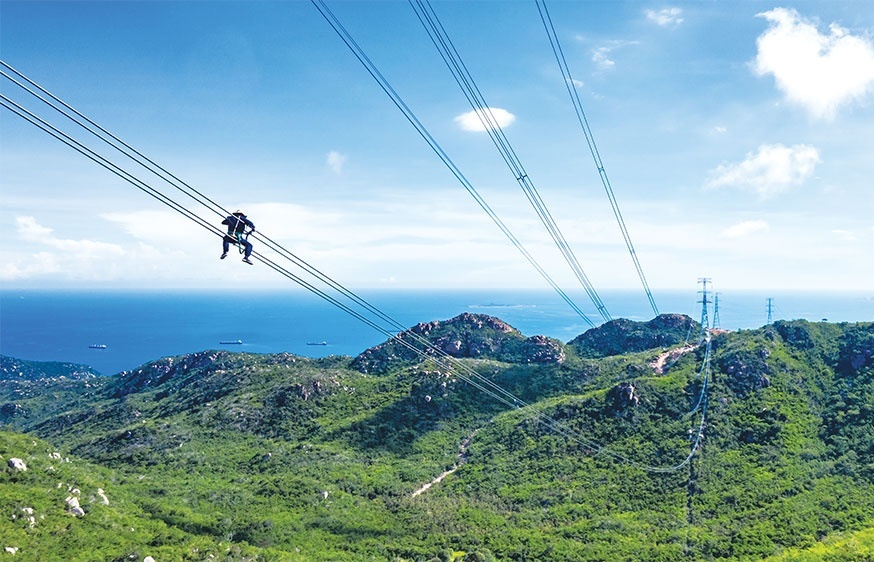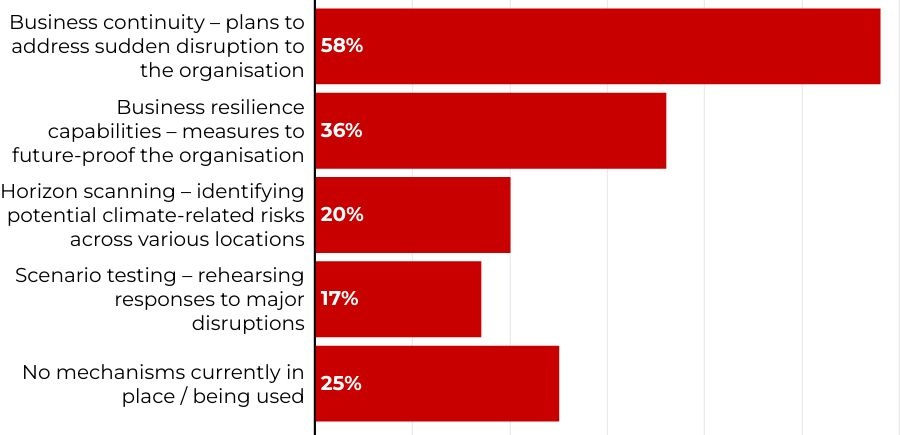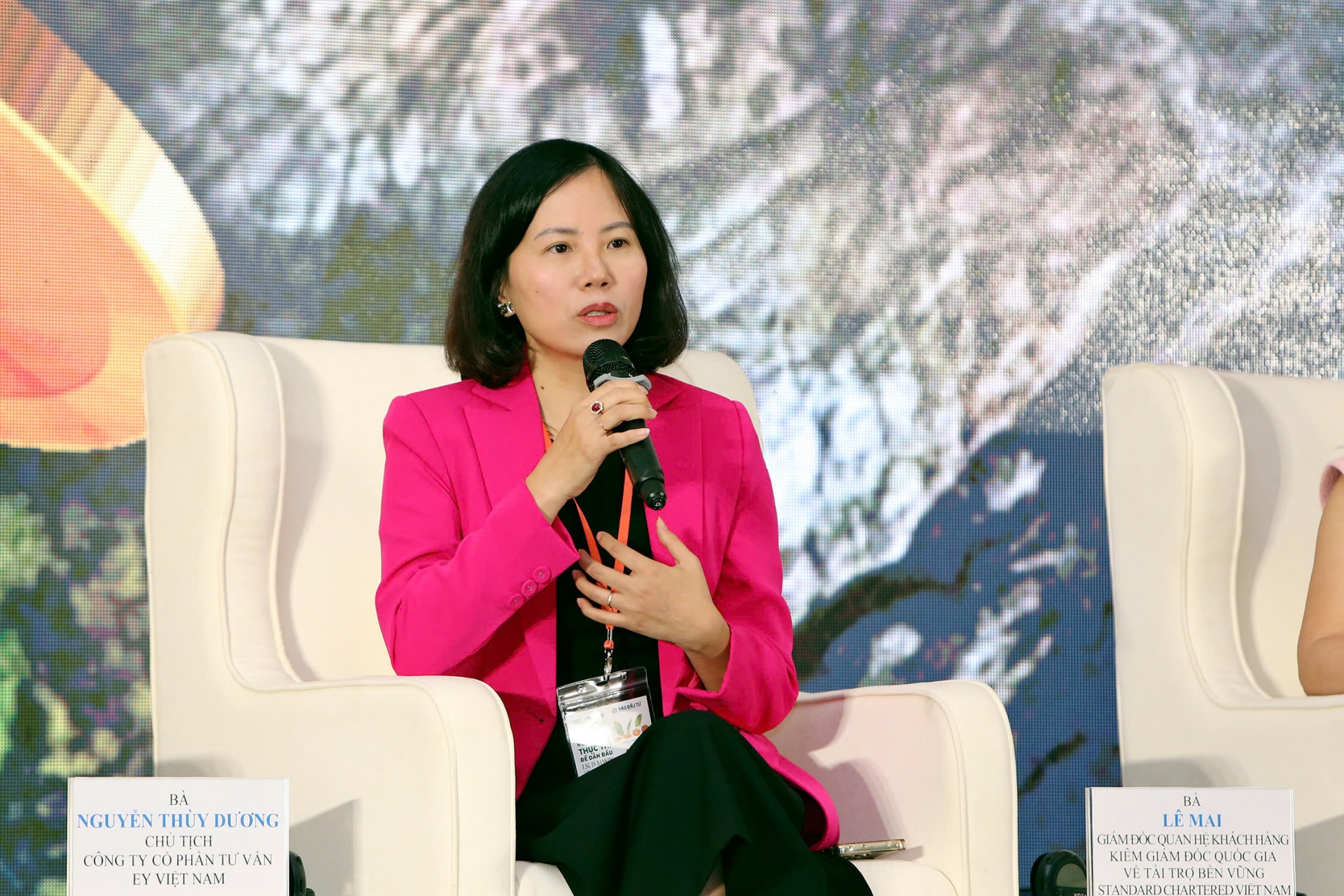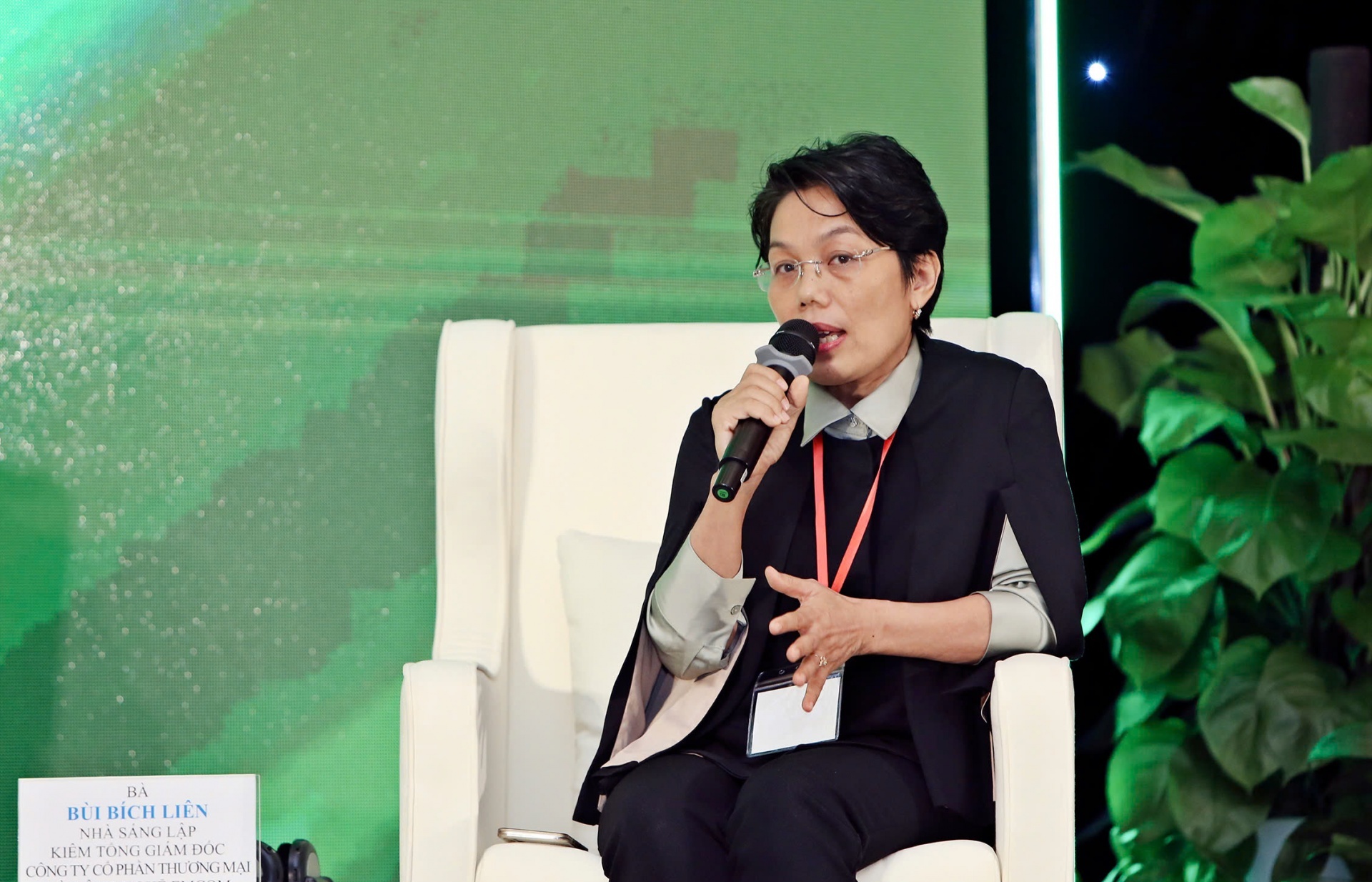All factors to consider in power tariffs
 |
| Average electricity price calculation would be based on generation, transmission, and other inputs, Photo: Le Toan |
The Ministry of Industry and Trade (MoIT) last week assigned Electricity of Vietnam (EVN) to develop a retail tariff for average electricity rates in 2022. On February 25, EVN announced it would publish an annual average retail electricity price based on calculations from 2020.
According to the MoIT’s policy, the average retail price in 2022 should also be based on EVN’s business results from last year; the estimated costs in electricity generation, transmission, and distribution; and other expenses such as retail and ancillary services.
In 2021, the purchase price for electricity may have increased dramatically as preliminary calculations indicate. As roughly 51 per cent of the total power generation sources in the national system are based on imported coal and oil, their prices have had a great impact on purchase costs.
A report on electricity production and business activities in 2020, audited by Deloitte Vietnam, recorded an EVN loss of over $56.5 million, despite a business cost decrease by 1.22 per cent, compared to a year earlier.
The cost of electricity generation stands only at about 6.23 US cents per kWh, a decrease of nearly 0.19 US cents compared to 2019. Meanwhile, transmission costs account for around 0.33 US cents per kWh.
Dr. Ngo Duc Lam, former deputy director of the Vietnam Energy Institute said authorities have only announced the total revenues and expenses of the industry, not the total electricity revenues for each level. There has not been any announcement on the calculation method of an average electricity price. “However, this had been targeted by the MoIT and EVN for a long time,” Lam said.
An average electricity price calculation would largely be based on a range of inputs, such as electricity generation, power transmission and distribution, management costs, exchange rates, and other factors.
The previous average retail price had been applied since March 2019, at 8.1 US cents per kWh.
According to Lam, this price has many non-transparent input factors, so it would be difficult to monitor and assess the productivity of the power industry. “The establishment of an electricity tariff needs to consider many other factors, including the cost of system transmission loss, which has a significant impact on prices,” Lam said.
In 2013, the system transmission loss was 8.8 per cent, but by 2014, it had increased over 9 per cent. This increase by 1 per cent reflects an energy loss of about 1.1 billion kWh, meaning a financial loss of around $3.74 million on transmission alone, based on 2013’s costs.
Assoc. Prof. Dr. Nguyen Minh Due, chairman of the Energy Science Council of the Vietnam Energy Association, argued, “If based on socioeconomic conditions, business activities, and people’s income, the average electricity selling price in Vietnam including VAT should be around 8.9 US cents per kWh.”
The current calculations, Due said, have so far only paid attention to factors that increase costs, not to factors that reduce costs such as water seasons, increases in the capacity of hydropower plants, and reduced losses of the power system. “The current price calculation neither includes long-term marginal costs nor two-component tariffs,” Due said.
Economic recovery programmes have led to forecasts that electricity demand will be high, while there are not many new additional sources. EVN plans to increase the amount of electricity produced and imported in 2022 to 275.5 billion kWh, up 7.9 per cent compared to 2021 during which total electricity production reached 255 billion kWh.
On January 10, EVN announced a plan to buy about 380 million kWh of electricity from China in May and June to provide enough electricity for the north of Vietnam, an area with many potential shortages during usage peaks. In 2022, the northern peak load was expected to grow by 9.5-13 per cent, equivalent to additional demand of around 2,700MW per year.
While the electricity demand in the economic recovery is expected to increase, the cost of electricity production and purchase will also continue to rise.
Nguyen Quoc Trung, deputy director of the National Load Dispatch Centre, considers the possibility that the cost of electricity generation – which accounts for 78 per cent of the cost of electricity production and business – will increase in 2022.
“Affordable gas fields are declining. At the same time, build-operate-transfer policies have an influence on gas prices continue and the cost of utilities. All of this will affect the electricity cost of the whole system,” said Trung.
What the stars mean:
★ Poor ★ ★ Promising ★★★ Good ★★★★ Very good ★★★★★ Exceptional
Related Contents
Latest News
More News
- Innovative food packaging to help use resources efficiently (November 19, 2024 | 16:47)
- ESG - Prerequisites for sustainable business growth (November 19, 2024 | 07:31)
- Robust green aims will unlock new potential (November 18, 2024 | 16:44)
- Dual transition can motivate businesses (November 18, 2024 | 16:35)
- Vietnam and New Zealand look to a sustainable future (November 18, 2024 | 16:17)
- Companies must embrace green finance initiatives (November 18, 2024 | 16:07)
- Dual transition to help firms of all sizes (November 18, 2024 | 15:48)
- Foot must remain on pedal to achieve SDGs (November 17, 2024 | 10:26)
- 45 enterprises honoured for sustainable development contributions (November 17, 2024 | 10:00)
- New Zealand’s approach to sustainable ambitions (November 17, 2024 | 09:48)




 Tag:
Tag:













 Mobile Version
Mobile Version